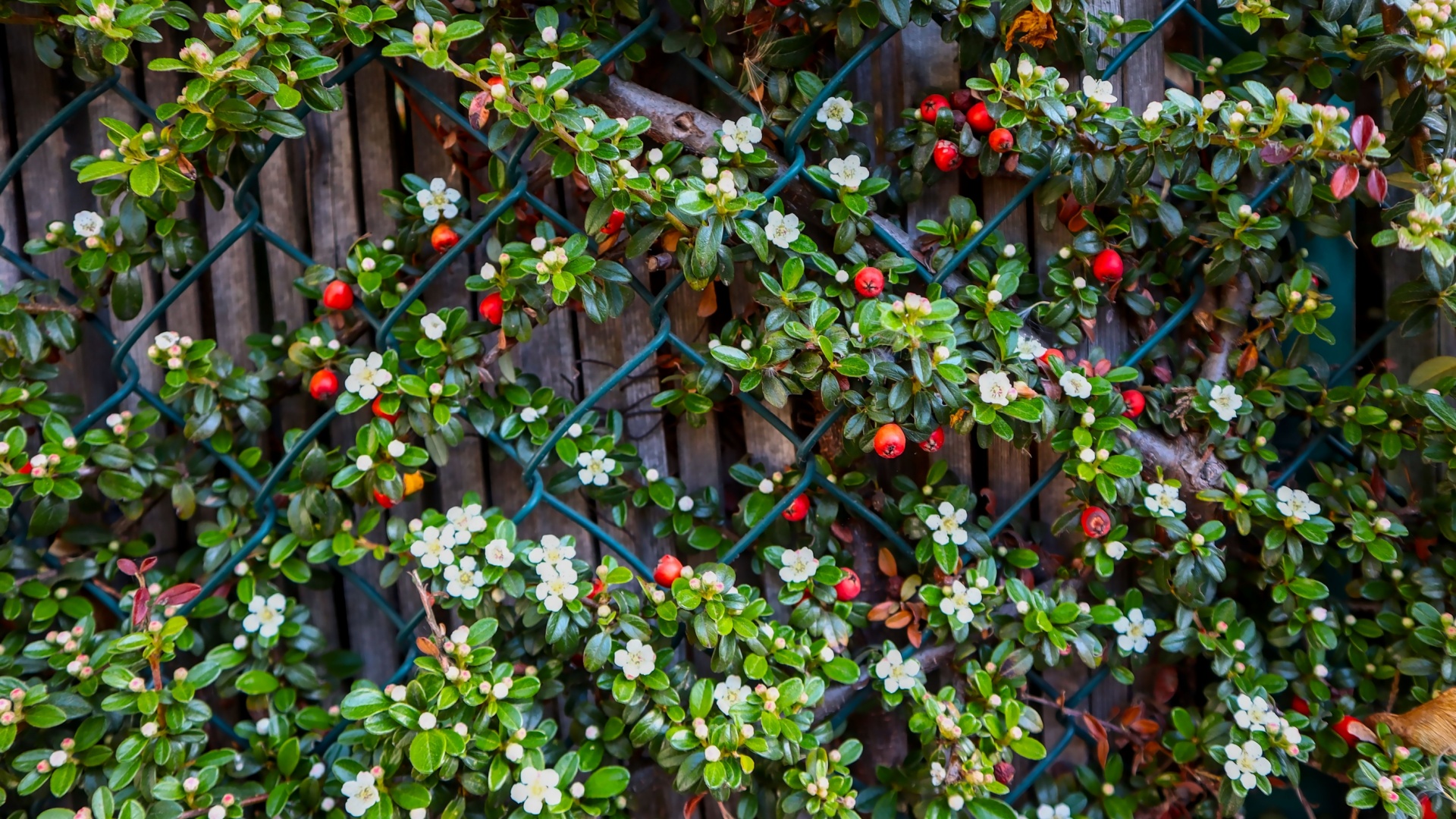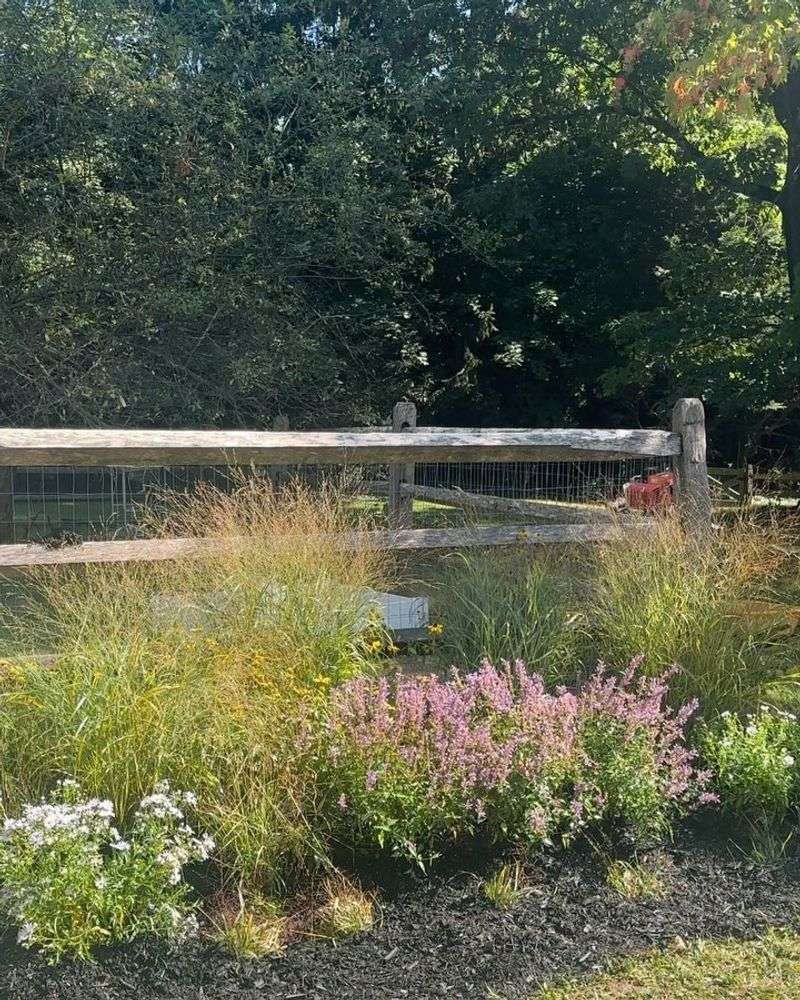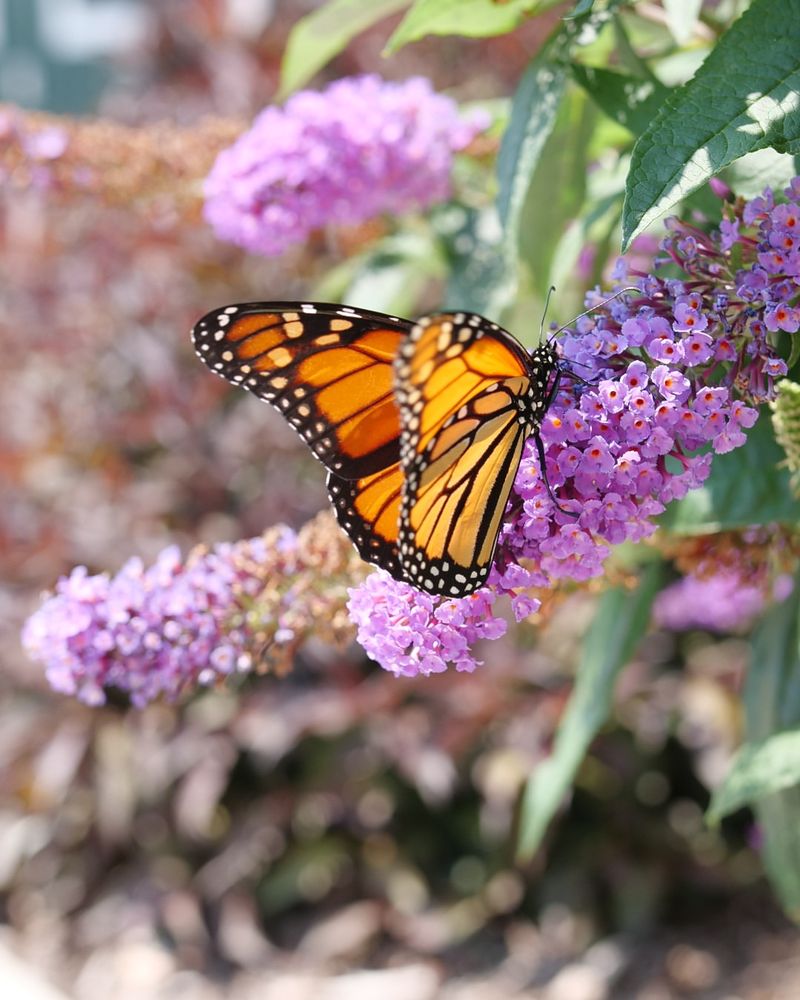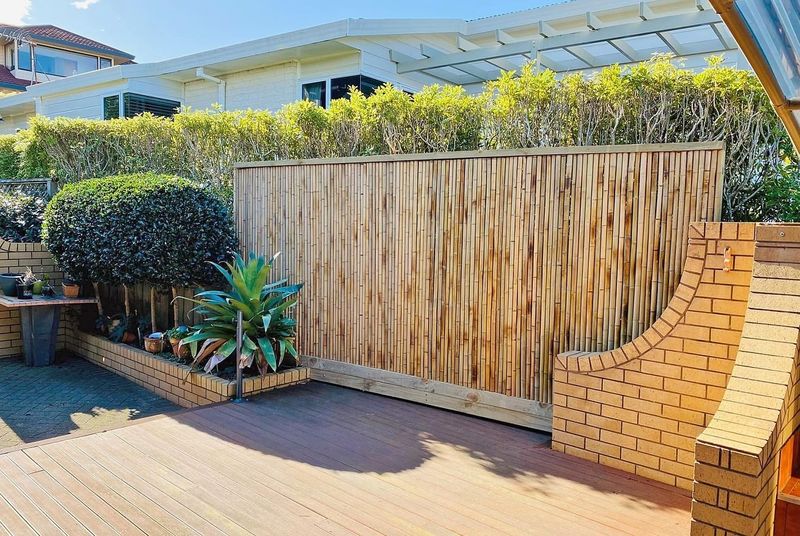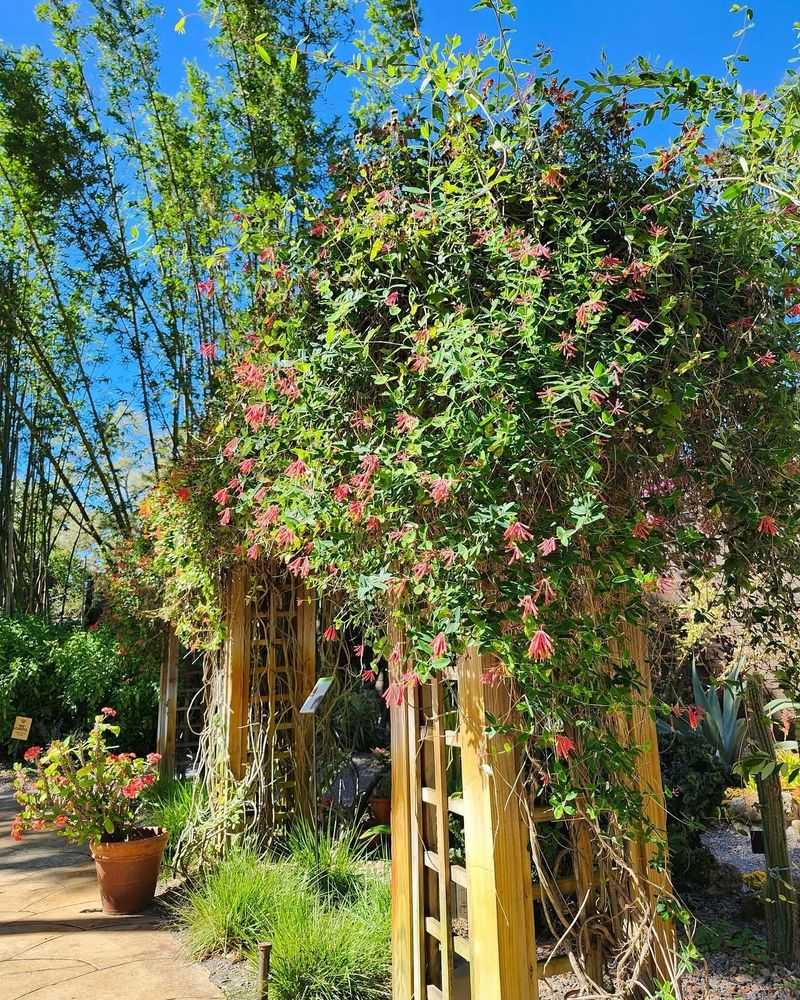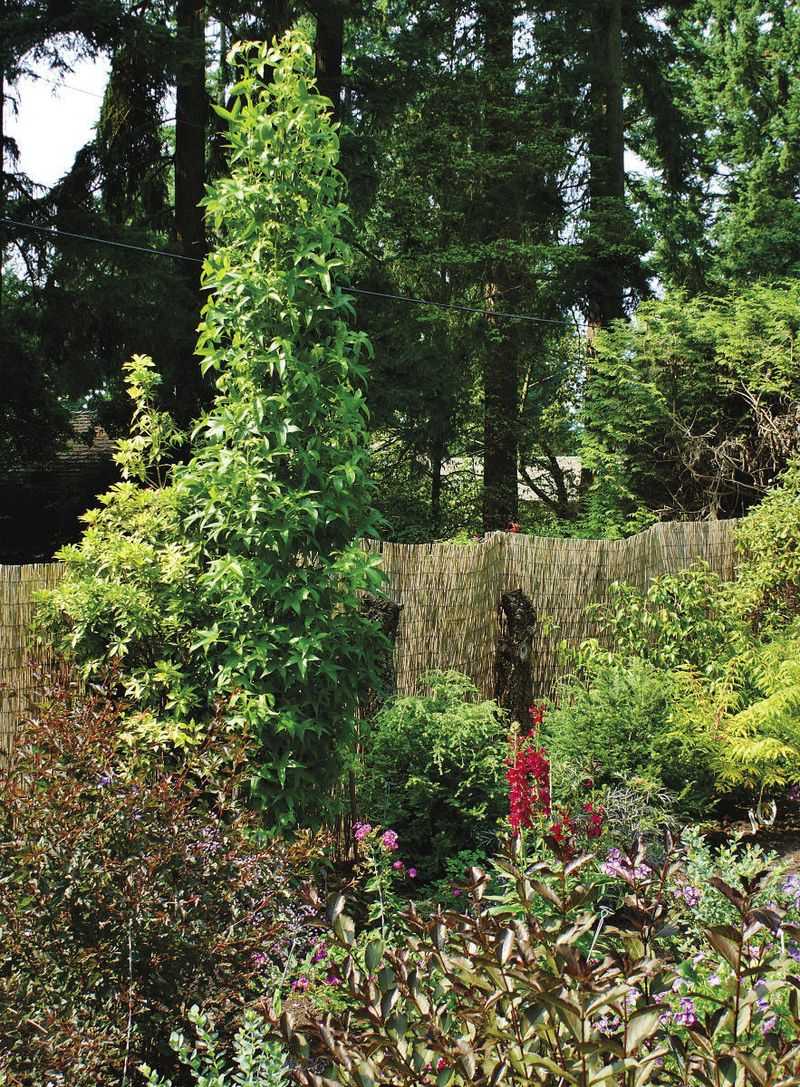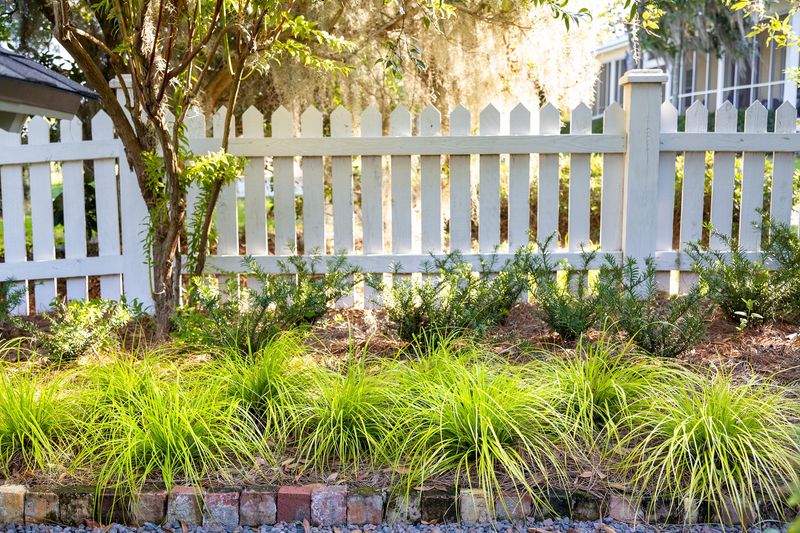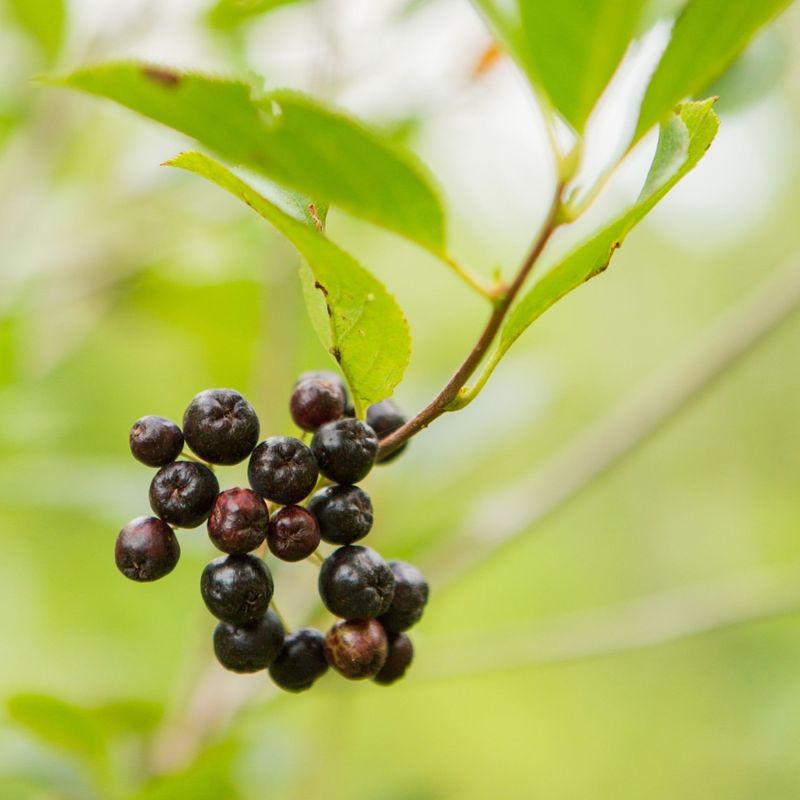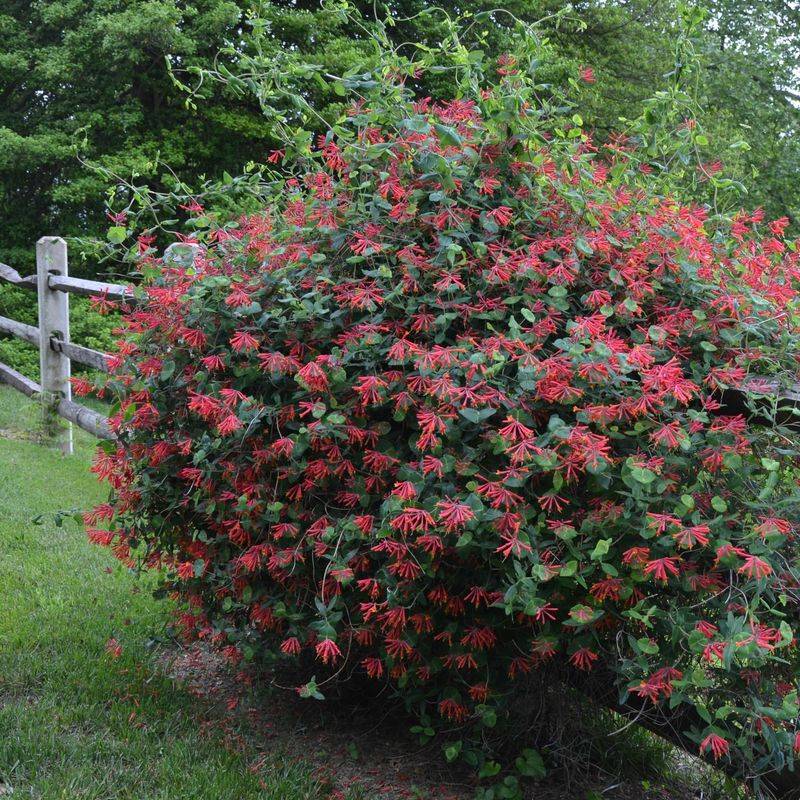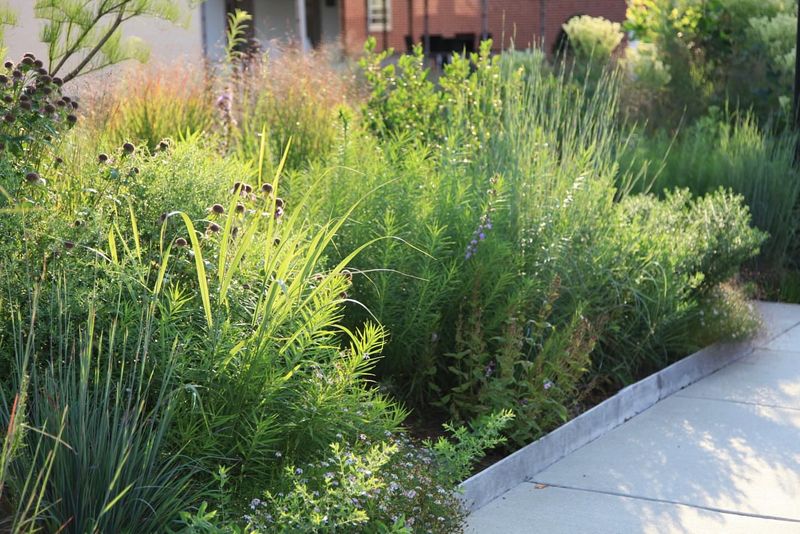Looking to make your Atlanta yard more private while helping local wildlife? Living fences offer a beautiful alternative to traditional wooden or metal barriers.
These natural boundaries use plants to create screens that not only block unwanted views but also provide food and shelter for birds, butterflies, and other critters that call Georgia home.
1. Native Shrub Borders Create Natural Sanctuaries
Georgia’s native shrubs like wax myrtle and American beautyberry form excellent living barriers while supporting local ecosystems. Birds feast on their colorful berries, while dense branches offer nesting spots away from predators.
Plant these shrubs in a staggered row for maximum privacy. Within two growing seasons, you’ll have a thick, lush boundary that requires minimal maintenance compared to traditional fencing.
2. Flowering Hedges Attract Vital Pollinators
Buzzing with life, flowering hedges transform property lines into pollinator highways. Butterfly bush, Virginia sweetspire, and native azaleas create stunning displays while supporting dozens of butterfly and bee species essential to Atlanta’s ecosystem.
Arrange these plants in layers, with taller varieties at the back. The result? A living privacy screen that changes with the seasons, offering visual interest year-round while providing crucial habitat for declining pollinator populations.
3. Bamboo Screens Offer Quick Coverage
Fast-growing and versatile, clumping bamboo varieties create dramatic privacy screens without the invasive tendencies of running types.
The gentle rustling of bamboo leaves adds a soothing soundtrack to your outdoor space while providing shelter for wrens and other small birds. Choose native southeastern species like switchcane for best wildlife support.
Plant in containers or with root barriers if you’re concerned about spread, creating an instant green wall that thrives in Atlanta’s climate.
4. Fruiting Vines on Trellises Double as Food Sources
Muscadine grapes, passion flower, and native honeysuckle transform simple trellises into living walls bursting with food for wildlife.
The sweet fruits attract mockingbirds and cardinals, while the dense growth ensures privacy from neighboring properties. Installing a series of trellises along your property line creates an edible boundary for both humans and animals.
As a bonus, many of these vines produce fragrant flowers that perfume your yard throughout the warmer months.
5. Layered Native Trees Form Privacy Canopies
Strategically planted dogwoods, redbuds, and serviceberries create multi-level privacy while supporting countless wildlife species.
Their branches offer prime real estate for nesting birds, while spring blossoms feed early-season pollinators desperately seeking nectar. Plant these native trees in clusters rather than straight lines for a more natural look.
The canopy they create not only blocks views from second-story windows but also provides cooling shade during Atlanta’s sweltering summers.
6. Evergreen Mixes Maintain Year-Round Screening
Atlanta winters may be mild, but deciduous plants still drop their leaves. A thoughtful mix of native evergreens like American holly, eastern red cedar, and wax myrtle ensures privacy doesn’t disappear when temperatures drop.
These evergreens provide crucial winter shelter for birds and small mammals when other hiding spots are scarce. Their berries and seeds offer vital food sources during lean months, making your yard a wildlife haven throughout the year.
7. Berry-Producing Borders Feed Migrating Birds
Atlanta sits along major bird migration routes, making berry-rich borders particularly valuable wildlife supports. Elderberry, beautyberry, and native viburnums create living fences that feed exhausted travelers during spring and fall migrations.
The dense growth patterns of these shrubs naturally form privacy screens while producing abundant berries at different times. By selecting varieties with staggered fruiting periods, your living fence becomes a reliable food source spanning multiple seasons.
8. Thorny Barriers Deter Unwanted Visitors
Nature’s original security system, thorny native plants like Carolina rose and hawthorn create effective boundaries that discourage both human and animal trespassers. Despite their protective spines, these plants produce gorgeous flowers followed by nutritious berries that attract songbirds.
Plant these defensive species along vulnerable property lines where extra security feels necessary. Their dense, impenetrable growth patterns create natural fortress walls while still contributing valuable habitat to your backyard ecosystem.
9. Rain Garden Boundaries Manage Water While Supporting Life
Atlanta’s frequent downpours make rain garden boundaries particularly practical. Native wetland plants like swamp milkweed, cardinal flower, and river oats create stunning privacy screens while soaking up excess rainwater that would otherwise flood your yard.
These moisture-loving plants attract specialized wildlife including dragonflies, frogs, and unique butterfly species. Position these living fences along low-lying property edges to intercept runoff, creating privacy solutions that actively improve your yard’s environmental footprint.

